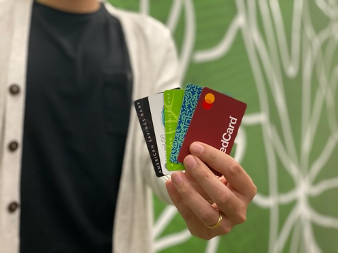
According to a study by the University of NewCastle in Australia, the average person consumes the equivalent of a credit card’s worth of microplastics each week! It’s no secret that plastic is harmful to the environment and it’s unsettling that our keiki could face health issues because of it. The best method to solving this crisis is prevention. First, we need understand how plastic is entering our bodies.
 How Does It Happen?
How Does It Happen?
Through the food we eat, beverages we drink, and air we breathe, we’re ingesting microplastics. Studies have shown that indoor air is heavily polluted with airborne microplastics from the use of synthetic textiles and exposure to household dust. We’re breathing in plastic by simply sitting on the couch!
When it comes to food, especially shellfish, the average person consumes an average of 182 particles of plastic every week. The use of salt adds another 11 particles. Water contains the highest amounts of plastic particles. Tap water in the U.S. contains an average of 1,769 particles of plastic per every 500ml, the highest concentration found in studies.
 What Can Be Done?
What Can Be Done?
With 87% of mismanaged waste leaked into the environment, we must manage waste better. Storm water contributes to our pollution problem because it transports trash and other pollutants. When it rains, storm water quickly collects debris from mauka to makai. HDOT Highways uses many best management practices to prevent waste from entering our oceans. You can learn more about best management practices at our Contractors and Consultants page!
A quick and easy habit to teach our keiki is to pick up trash that they see on the ground and dispose of it correctly. It’s important for us and our keiki to respect our islands.
To learn more about the baby steps you and your keiki can contribute to keep our stormwaters clean, check out our post on Trash Free Hawaii, Help Keiki Go Green!
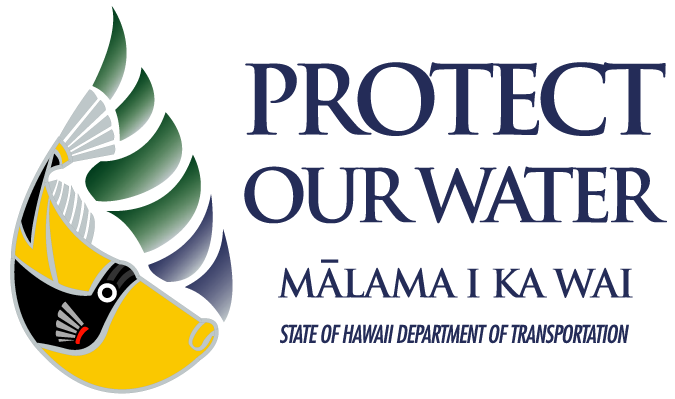
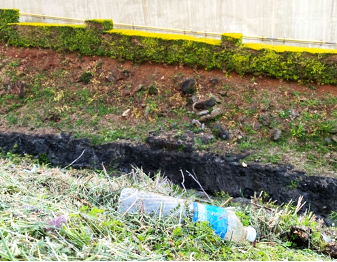 How Does It Happen?
How Does It Happen?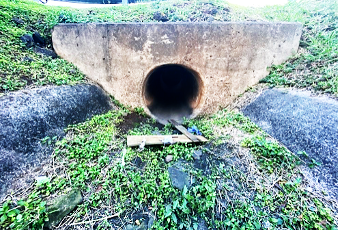 What Can Be Done?
What Can Be Done?